Nested Communication Webs
We are concepts forming our own webs of communications, new clusters of I AM.
We exist as information flows through the webs of conception.
Communication webs nest one inside the other. Each level of intercommunication has its own interval of awareness with events requiring longer intervals as the communication webs become more complex.
Life spans of communication webs range from minutes at the molecular level to hours at the level of cell metabolism to hundreds of years at the level of coral colonies to multi-million years at the level of an atoll. The progression of time intervals from one level to the next is a control system that flows two ways.
The smaller, quick acting communication webs create the longer-lived communication webs and these endure to guide the future development and movement of the smaller, short-lived ones.
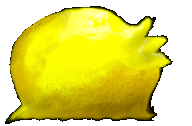
A small larva develops from a fertilized coral egg. The larva swims for a few days and then settles onto the coral reef.
It divides and grows into a tentacled polyp and these divide again and again, but remain covered by a common skin and secrete a common skeleton.
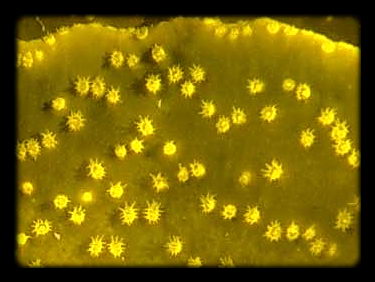 Soon they form a broad flat frond with many polyps. The skeletal shape is a memory trace of the past intercommunication of polyps, cells, bacteria, organic and inorganic molecules.
Soon they form a broad flat frond with many polyps. The skeletal shape is a memory trace of the past intercommunication of polyps, cells, bacteria, organic and inorganic molecules.
Atoms come and go through the focus of the living coral; being completely exchanged with sea water in about 48 hours. The cells they construct go from birth to death every two to four weeks. The overall coral communication web continues to grow year after year.
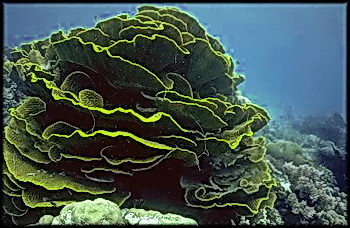
The whole colony may live for decades.
The tiny polyps bud off new, younger selves and these slowly advance the edges of the skeletal leaves into the sea.
Older polyps die as the coral overgrows itself.
The communication web of the whole coral colony controls the growth rates and shape of each leaf and all of the smaller communication webs of polyps, cells and organic molecules.
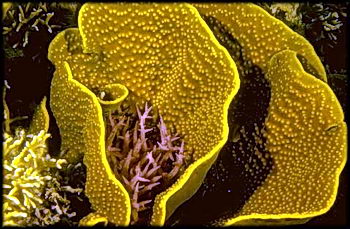
A multitude of creatures inhabit the spaces in and around the coral colony.
As the colony ages, the proportion of dead areas within itself increases and these fill with other communication webs.
Some of the new creatures are other corals and these may grow faster than the ageing colony.
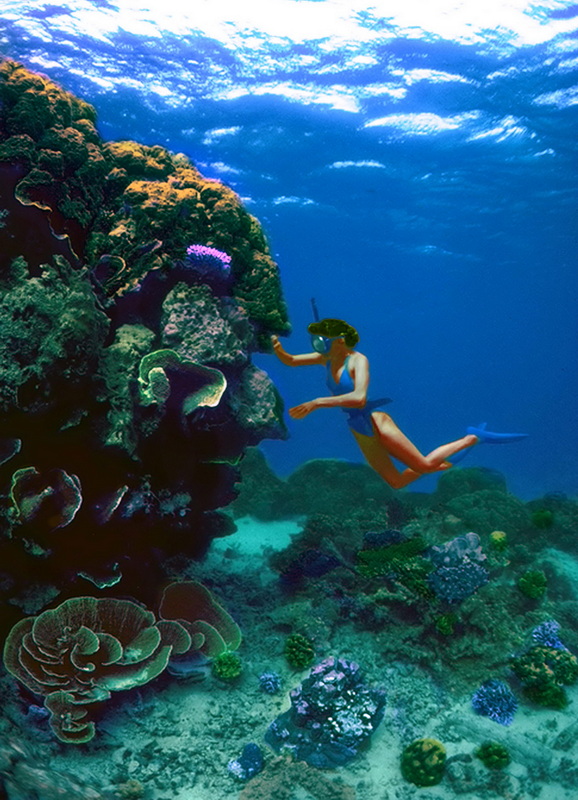
Within a century the colony has become a mound of many species of plants and animals.
One mound joins another, century after century, until the interwoven tapestry of communication webs fuse into a great ridge on the sea floor.
Each ridge alters conditions around itself creating new environmental niches, altering current flows, and thus the shape of the other ridges nearby. Ridges form reefs and these join together to form giant structures like the Great Barrier Reef or Atolls.
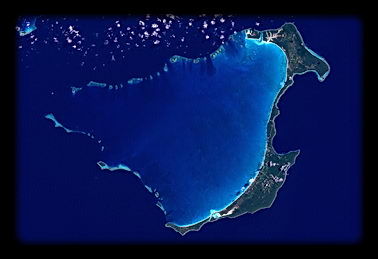
Atolls may live for millions of years as isolated communities easily identifiable as a single, integrated communication web. The plants and animals of the atoll construct the atoll with their individual patterns of intercommunication faithfully repeated generation after generation, while the entire unity they build molds the individual communication webs of every reef creature.
Atolls are marvelous creatures, circular beings often spanning a whole degree of latitude with their bodies.
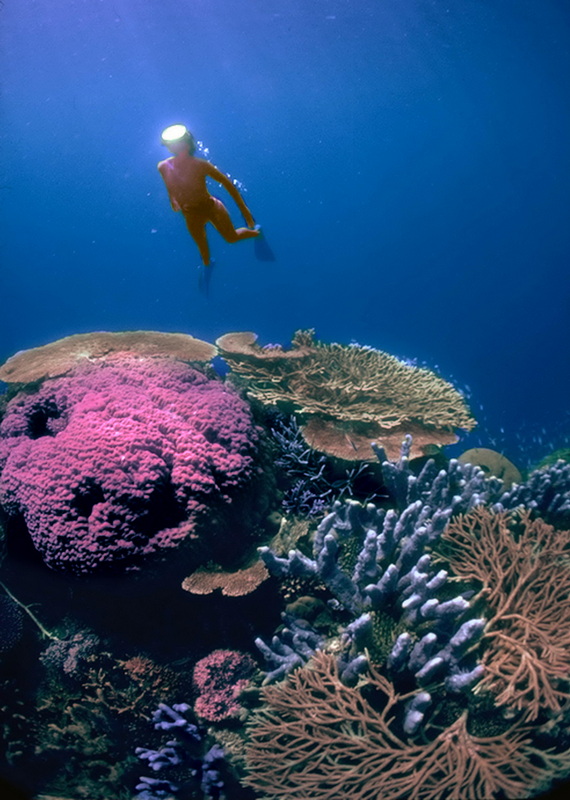
Working with sea water, sunlight and eons of careful learning, atolls build themselves in concert with others of their kind. Trading new species, atolls build archipelagos of integrated communication webs spanning half the planet.
The intricate control systems of an atoll or a reef or a coral head or a coral polyp or a coral cell are the achievement of every level working together in an evolutionary learning process.
Bacteria were once the most complicated animals on Earth. They learned to be cells and within a few million years, the cells learned to create a new communication webs called polyps. The polyps intercommunicated, and learned to be many different kinds of corals.
The corals intercommunicated to form reefs and these provided new opportunities for evolutionary learning. All the other creatures of the coral reef - worms, echinoderms, mollusks, crustaceans - are elaborations of cellular communication webs whose evolution was guided by the overall communication web of the coral reef.
They fit into the ecosystem seamlessly because they are all what the coral reef ecosystem has learned to be.
The caverns of Sea's remembering
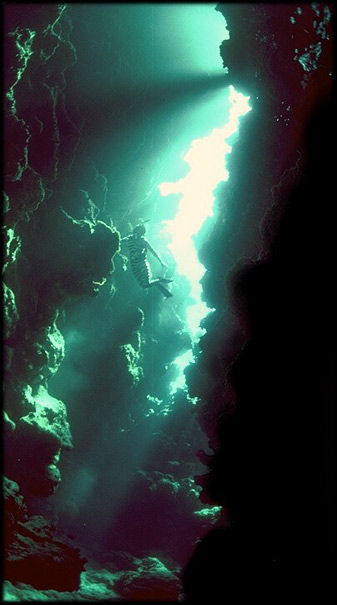 The process of interactive evolution is mirrored in the stages of becoming we see on the coral reefs of the world.
The process of interactive evolution is mirrored in the stages of becoming we see on the coral reefs of the world.
A diver can swim through canyons of fossilized coral memories and discover life in the form of colorful cave corals quietly filling in the forgotten spaces. Atop each pinnacle of coral success, living tissues form layers of colorfulcommunication webs. Each web has its own interval of awareness, but all center on the maze of intercommunications in the everchanging now.
As the past is the skeleton of intercommunication, so the future is the invisible extension of the threads of communication that guide each self.
From the viewpoint of each self in each layer of the nested web of intercommunications, the world is filled with sensations of other, separate objects and beings. Each being lives within its own set of complex rules for intercommunication and is perceptually and conceptually isolated from other levels.
Fish, for example, are aware of each other and communicate between themselves. But they are unaware of their cells and know nothing of the passage of sea's atoms through their bodies. They perceive and react to their immediate community of other fish and animals but are unaware of their organic unity to their species or their atoll or oceanic ecosystem.
The only communication web to untangle this perceptual barrier of isolation is the exosomatic language mind of humanity. Just as a web of intercommunications between selves builds atolls, so humanity's communications form a self-awareness of the planet.

Fishy Communication Webs

Coral Communication Webs



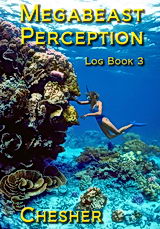

 Soon they form a broad flat frond with many polyps. The skeletal shape is a memory trace of the past intercommunication of polyps, cells, bacteria, organic and inorganic molecules.
Soon they form a broad flat frond with many polyps. The skeletal shape is a memory trace of the past intercommunication of polyps, cells, bacteria, organic and inorganic molecules. 



